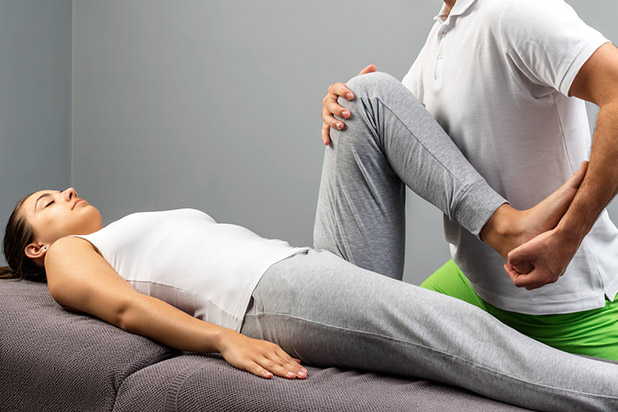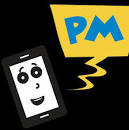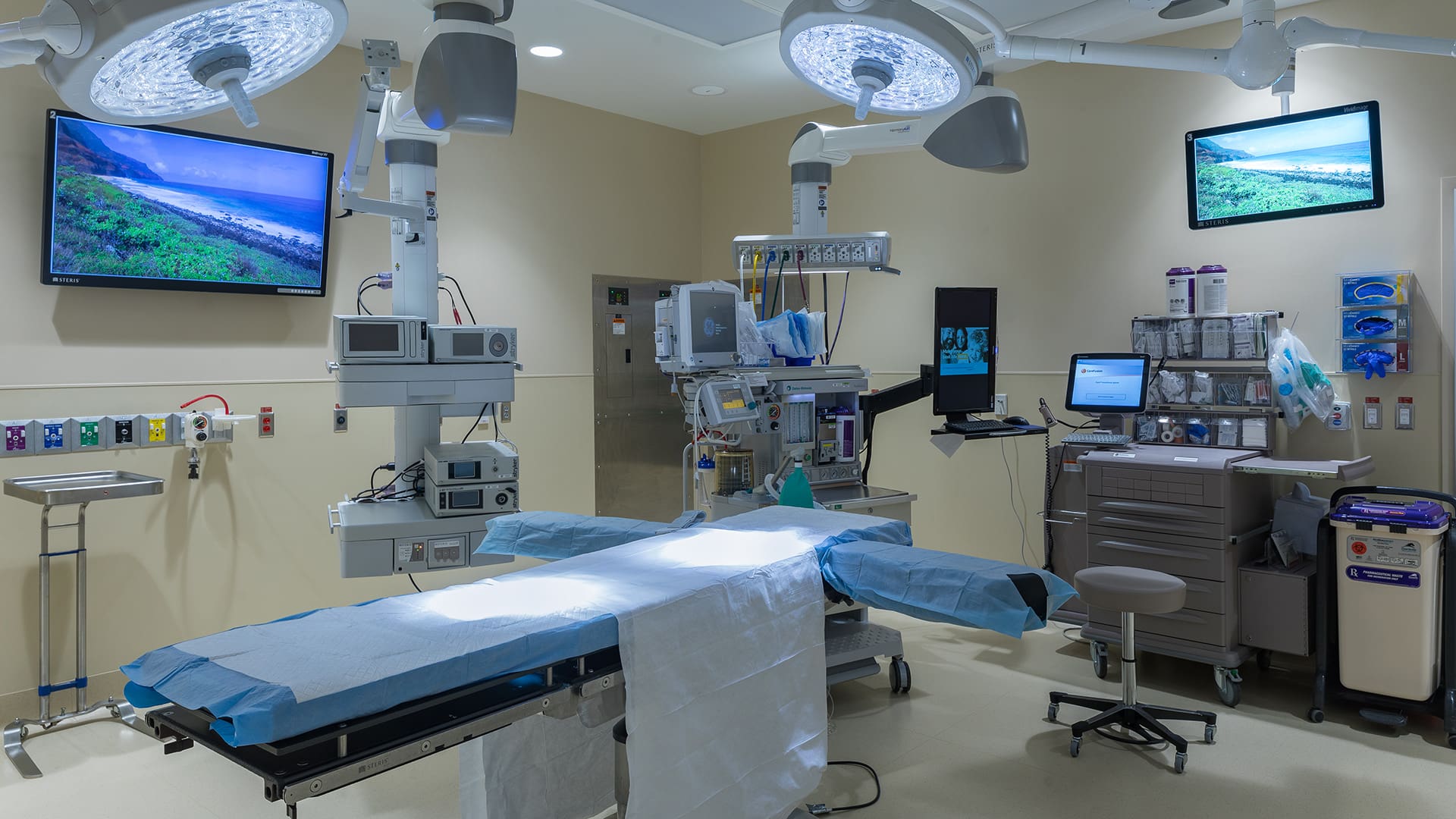Osteopathic Manipulative Treatment (OMT) is a hands-on therapy used by Doctors of Osteopathic Medicine (DOs) to diagnose, treat, and prevent a variety of conditions. This holistic approach enhances mobility, alleviates pain, and improves overall function. Whether you’re dealing with chronic pain, recovering from an injury, or seeking a natural alternative to medications, OMT can be an effective solution.
In this article, we’ll explore the benefits of OMT, who it can help, and what to expect from a treatment session.

What is Osteopathic Manipulative Treatment (OMT)?
OMT is a form of manual therapy that involves the use of gentle pressure, stretching, and resistance to improve structural imbalances in the body. DOs use their hands to manipulate muscles, joints, and soft tissues to restore normal function and promote self-healing.
Unlike conventional medical treatments that often rely on medication, OMT focuses on improving the body’s natural ability to heal by targeting restrictions and dysfunctions in the musculoskeletal system.
Who Can Benefit from OMT?
OMT is a versatile treatment option that can benefit people of all ages and with various conditions. Here are some of the key groups that may find relief with OMT:
1. Individuals with Musculoskeletal Pain
- Chronic back pain
- Neck pain
- Joint pain and stiffness
- Postural imbalances
- Sports injuries
2. Patients with Headaches and Migraines
- Tension headaches
- Cervicogenic headaches
- Migraine sufferers
3. Expectant Mothers
- Lower back pain
- Pelvic discomfort
- Sciatic nerve pain
- Postpartum musculoskeletal recovery
4. People Recovering from Injuries
- Car accident victims
- Workplace injuries
- Repetitive stress injuries
5. Patients with Functional Disorders
- Digestive issues
- Breathing difficulties
- TMJ disorders
How Does OMT Work?
During an OMT session, your physician will first evaluate your medical history, perform a physical examination, and assess any imaging results if available.
The treatment involves:
- Gentle pressure and stretching to relieve tension in muscles and joints.
- Mobilization techniques to improve range of motion.
- Soft tissue manipulation to release adhesions and enhance circulation.
Many patients report immediate relief after just one session, while others may require multiple treatments for lasting effects.
What to Expect During an OMT Session
If you’re considering OMT for the first time, here’s what you can expect:
1. Initial Consultation
Your doctor will discuss your symptoms, lifestyle habits, and medical history to determine the best approach for your condition.
2. Physical Examination
The DO will assess your posture, flexibility, and range of motion to identify any restrictions or dysfunctions.
3. Hands-On Treatment
Using various OMT techniques, the physician will apply manual pressure, stretching, or gentle manipulation to targeted areas of your body.
4. Post-Treatment Advice
After your session, your doctor may recommend specific exercises, lifestyle modifications, or follow-up treatments to enhance the effects of OMT.
OMT as an Alternative to Medication
OMT can serve as a complementary or alternative treatment for pain management, reducing the need for prescription medications. Some conditions, such as chronic pain or migraines, can be effectively managed through OMT alongside other holistic treatments, including:
- Physical therapy
- Yoga and stretching routines
- Mindfulness and meditation
- Cognitive-behavioral therapy (CBT)
Dr. Mable Tsui, DO, a specialist in osteopathic neuromusculoskeletal medicine, emphasizes, “OMT is a safe and effective way to treat many conditions with the ultimate goal of reducing pain, improving function, and enhancing quality of life.”
Common Myths About OMT
Myth #1: OMT is the Same as Chiropractic Care
While both involve manual therapy, OMT is performed by DOs who have additional medical training, allowing them to treat a wider range of medical conditions.
Myth #2: OMT is Only for Back Pain
OMT can address various conditions beyond back pain, including digestive issues, headaches, and pregnancy-related discomfort.
Myth #3: OMT is Painful
OMT is generally gentle and well-tolerated. Some patients may experience mild soreness, but it usually subsides within 24 hours.
Frequently Asked Questions:
Q: How long does an OMT session last?
A: A typical OMT session lasts between 30 to 60 minutes, depending on the complexity of the condition being treated.
Q: Is OMT covered by insurance?
A: Many insurance plans cover OMT as part of osteopathic medical care, but it’s best to check with your provider for details.
Q: How many OMT sessions do I need?
A: The number of sessions varies based on the individual and the condition being treated. Some people experience relief after one session, while others may need multiple treatments.
Q: Is OMT safe for children and older adults?
A: Yes, OMT is safe for people of all ages, from infants to seniors, as long as it is performed by a trained DO.
Q: Can OMT help with sports injuries?
A: Yes, OMT is commonly used to treat sports injuries, enhance recovery, and prevent future injuries by improving musculoskeletal function.




